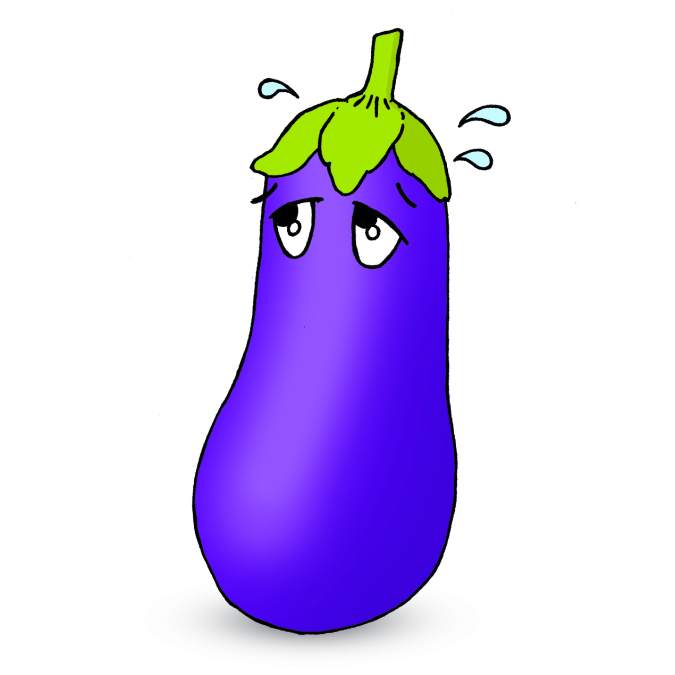The October 1 Buzzkill
Legal pot was supposed to bring Oregon some joy.
October 1 was supposed to be a day of historic joy in Oregon, as legal sales of marijuana were finally allowed, ending decades of Prohibition in one of the states leading the charge on the issue. Instead, the celebration was interrupted by a shooting at Umpqua Community College, where (yet another) mentally disturbed young man went on a mass killing spree with a semi-automatic weapon. Hard to stand in line for an ounce of primo weed, high-fiving budtenders, and fellow stoners at a recreational store when friends and neighbors next door are unsure if their own children are among the dead.
Now, not being able to celebrate legalized cannabis is hardly the point, but the crushing reality of gun violence and the number of dampened dreams it represents surely is. Family members and loved ones are hitting the airwaves, followed by mayors and clergy and those damn pundits, to grieve and vent and pass the blame. Eventually then the experts and advocates and peaceniks will speak clearly and articulately of the fact-based changes that surely should be made, including assault-rifle bans, waiting periods, gun safety training, and closing whatever the hell the fucking gun-show loophole is.
Those propping up Reefer Madness are full of hate and denial and lies which obscure not only the truth, but the will of the people. The four states thus far that have legalized cannabis have overcome odds, clichés, and a massive industry not willing to change—in this case the pharmaceutical companies that make billions off fixing our ailments with addictive, toxic substances that can’t be grown at home, and the prison-industrial complex that thrives on a War on Drugs and the 650,000 (mostly black) Americans who are arrested each year for marijuana-related offenses.
Gun control’s fierce and well-funded minority opponent is well-known: the National Rifle Association. No real reason to go into the litany of strategies and threats and bullying and buying-off of politicans that the organization employs; you’ve heard them all before—I’d be preaching to the masses. And yet . . .
Insanity is said to be doing the same thing over and over and expecting a different result. So. As of today, October 7, in the first 280 days of the year, we’ve had 294 mass shootings (in which four or more people are killed or injured by gunfire) in the United States. In all, 10,000 have been killed and 20,000 injured in almost 40,000 episodes of gun violence so far this year. And counting.
The President, who is, like all of us, to blame for inaction on the issue, got as pissed as you’ll ever see him when, for the 15th time in his presidency, he had to hold a press conference after a mass shooting.
“This is a political choice we make to allow this to happen every few months in America,” he said. “We are collectively answerable to those families, who lose their loved ones, because of our inaction.”
Democracy, related to any issue of concern, requires participation, and not in an “I vote every four years” kinda way. Each of the four states that have legalized recreational marijuana—Washington, Alaska, Colorado, Oregon—had to do so through citizens’ initiatives, as lawmakers saw no political advantage to taking the lead and lobbyists for Captains of Industry paid them handsomely to stay mute on the issue. Even among the 23 states with medical-marijuana laws—which more than 80 percent of the public now supports—all but 10 had to do so via ballot measures. And so it seems that may have to be the path forward on gun regulations, an issue in which a huge majority supports common-sense restrictions.
Until then, I urge joining the Coalition to Stop Gun Violence. It also can’t hurt to directly contact your congressperson to demand she or he introduce and support strong gun-control laws. We can change the course of history, overcome corporate opposition, and win on the issue of gun violence—no, terrorism—that’s tearing our country apart. And when we do, then we can really celebrate, without interruption.











